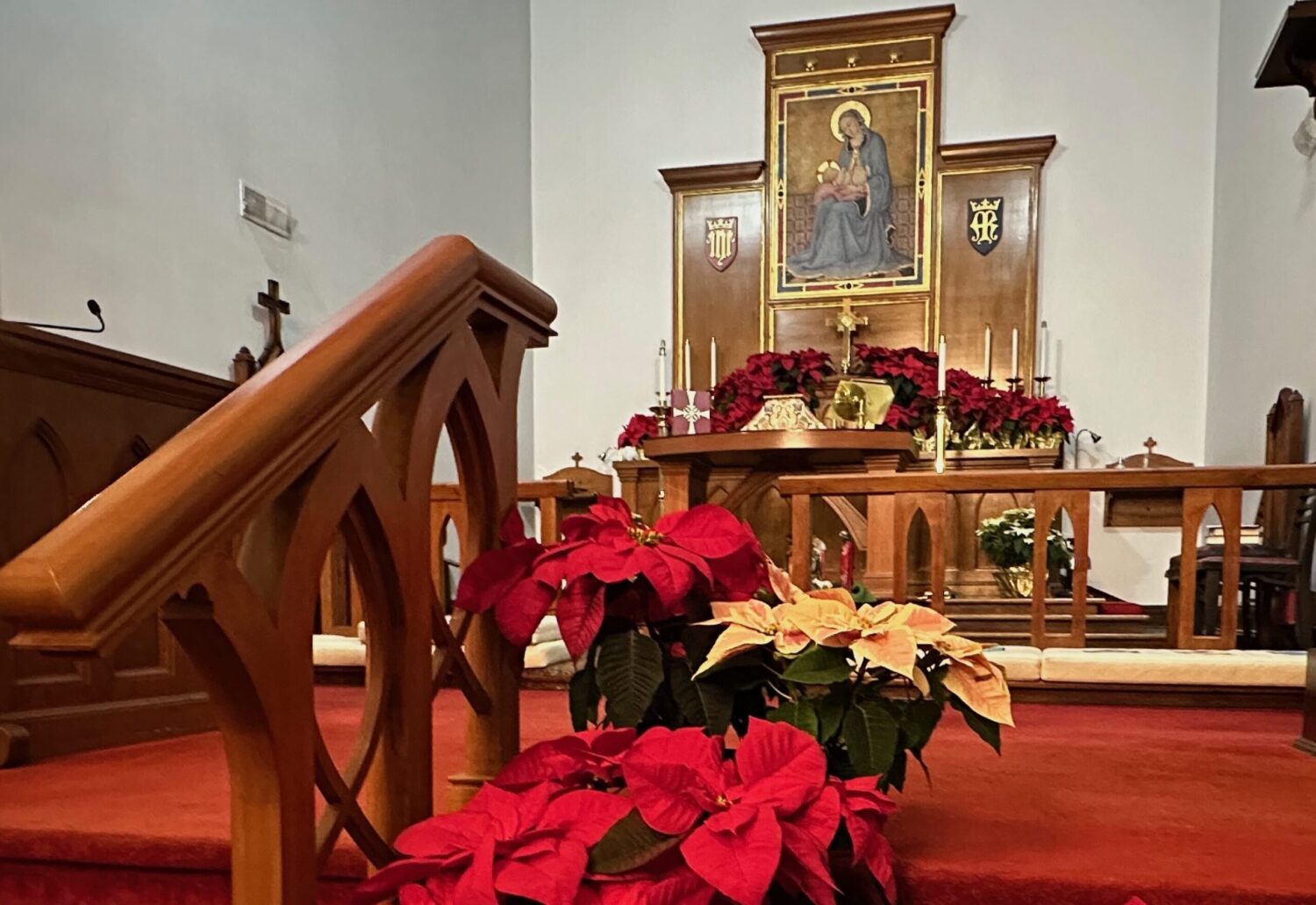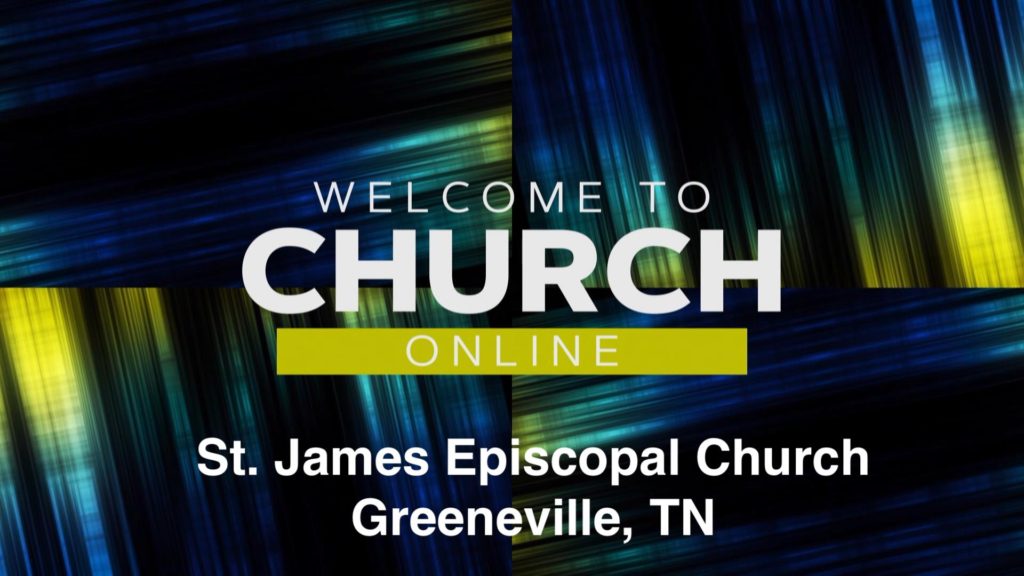
A “Brief” Narrative of our “Not so Brief” History
In 1842, we were a small group of faithful Episcopalians who gathered and worshiped at the Greene County Courthouse. We organized as the “Greeneville Parish, Greene County,” and gained admission to the 1848 Convention of the Episcopal Diocese of Tennessee. With several visiting clergy support, we became a formal parish at the diocesan convention in July 1849.
The Building
The original church structure, built in the “Carpenter Gothic” architectural style, was consecrated on August 11, 1850, by the Rt. Rev. James H. Otey, first bishop of Tennessee. The same building is in continuous use today. The primary structure is one of Tennessee’s oldest churches in continuous use.
From 1852 to 1901, St. James Parish experienced significant turmoil, having to close its doors for 18 months between 1873 and 1875. St. James lapsed into mission status (diocesan-supported—not self-sustaining) and did not regain its parish standing until 1957.
While world wars, financial panic, and the Great Depression consumed our nation, those leading Saint James made great efforts to reclaim our full status as a self-sustaining parish in the Diocese of Tennessee. The facility added St. Luke Chapel in 1950 and acquired the home next door, constructed in 1938. With an addition in the late 1970s, the annexed facility (called McMillen Hall) contains the parish hall, the office, and classrooms. Another object of great significance, Mater Purissima, is the altarpiece painted in 1950 by Sister Mary Veronica (OSM).


These walls absorb many prayers! We cherish our historic building and feel it embodies the steadfast spirit of generations of parishioners. Nevertheless, we also recognize that any church is far greater than mere bricks and mortar. We build the real future of St. James upon the people who truly make this parish thrive.
Get a copy of the 1950 St. James Parish Centennial Celebration Booklet Here!
The Leadership
We have been blessed at St. James to have had several dedicated clergy persons over the years serve our parish. We call a priest in charge of the parish the rector. A rector is a priest in charge of a self-supporting parish. A rector is different from a vicar. A vicar is a priest appointed by the bishop, responsible for a diocesan-supported mission

In communion with the diocesan bishop, the rector is the ecclesiastical authority in the parish. (Note: The word “rector” comes from the Latin word for “rule.”) They have responsibility for worship, subject to the rubrics of The Book of Common Prayer, the constitution and canons of the church, and the bishop’s pastoral direction.
The church and parish buildings and furnishings are under the rector’s jurisdiction. The rector, or a member of the vestry designated by the rector, presides at all vestry meetings. The rector is not an employee of the parish in the traditional sense but a ministry partner and spiritual guide tasked with being a pastor, priest, and teacher to the parish. Rectors serve with tenure, which means that they have a permanent appointment until they retire or transition to another ministry if they so choose.
Over the years, St. James has been under the leadership of both rectors and vicars.
Get a copy of the latest St. James Parish Profile (2016) Here!

The Anglican Communion
During the English Reformation in the sixteenth century, the Church of England became independent of the Roman Catholic Church. It resulted from many factors, some political and some theological, but it has given rise to a distinct form of Christianity, known as the Church of England (or Anglican Church).
The Episcopal Church and the Church of England are members of the worldwide Anglican Communion (Official Website). These are churches around the world that trace their roots back to the Church of England and maintain a “communal” relationship. Anglo = English, hence the name “Anglican.” The world-wide “Anglican Communion” is the third largest body of Christians in the WORLD.
The Anglican Communion members are joined together by choice in communion and have no direct authority over one another. The Archbishop of Canterbury (the head of the Church of England) is one of the points of unity for the Anglican Communion. He is considered a “first among equals.” The Archbishop has respect throughout the world, but he does not have direct authority over any other Church outside of his see in England. He is NOT the English equivalent to the Pope.
The Anglican Church is Catholic (not Roman Catholic) in that it holds Apostolic Succession of its bishops, the Apostolic teaching, and the historic sacraments of the universal Christian Church. Note: the word catholic = universal.
While other churches may call themselves “Anglican,” there is only one Church in any country that can be considered “in full communion” with the Church of England. The Episcopal Church in the United States is the American member of the Anglican Communion.
More on the Anglican Communion here






